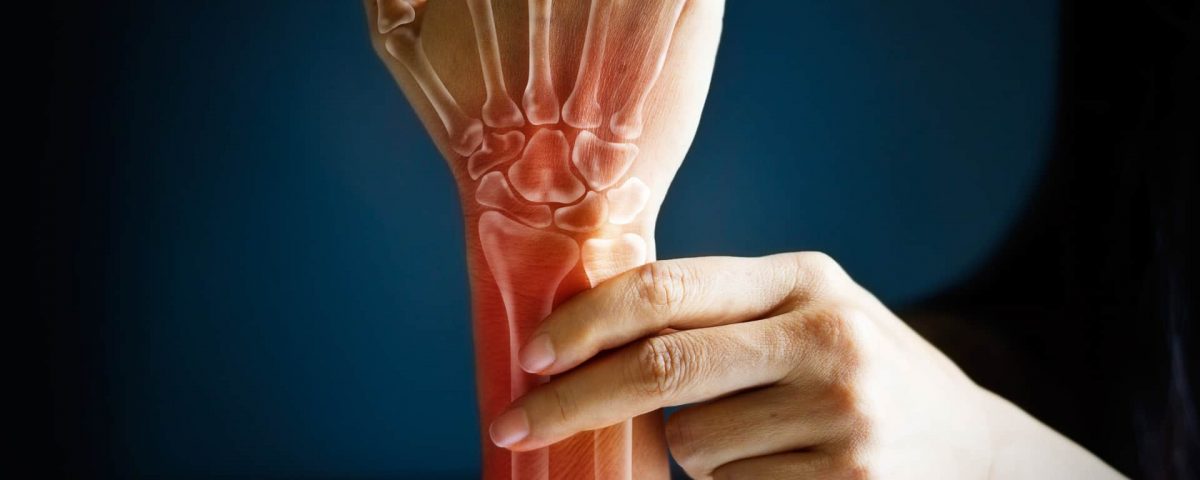Osteoporosis- One of the most common bone problems

Questions people usually ask about Natural Treatment
October 4, 2018
#TalkAboutIt by AdamjeeLife much needed campaign
October 10, 2018Salma, who is in her 40s, experiences pain every time she bends and on movements. She cannot perform her daily routine without enduring extreme difficulties. This means that has to take frequent breaks and pause several times whilst trying to complete simple daily chores. But Salma is not alone, she is among 10 million Pakistanis who suffer from osteoporosis, 80 per cent of whom are women. This medical condition is also prevalent in developed countries such as America, England, Japan, to name a few. World Osteoporosis Day is organized on 20th October every year in order to spread awareness about this condition amongst sufferers as well as to educate society as a whole.
Osteoporosis is a disease which causes bones to become fragile and prone to fractures. People suffering from this condition can easily incur fractures by falling over or tripping and even the slightest of pressure on the bone can cause it to break. As we grow older we lose calcium and other minerals from our bones because of genetic factors, less physical activity, poor digestion and declining level of hormones in both men and women, which makes them less dense, weak and porous. One of the most disturbing factors of this disease is that it can remain dormant, until it is discovered either by chance through a routine medical examination or a person suffers from a fracture only to discover the underlying condition.
Osteoporosis and milk consumption
Women above 40 are more likely to fall prey to this disease, due to the onset of menopause during which oestrogen, a hormone essential for healthy bones, decreases significantly in the body. To prevent and reduce the manifestations of osteoporosis women are generally advised to take at least one glass of fortified milk every day. But different researches on consumption of milk and bone strength have unveiled that there is little connection between the two.
A research published in British Medical Journal (BMJ) concluded that consuming more milk is of no use/worthless for bone strength but it is associated with higher risk of bone fracture. Moreover it is also linked with earlier death.
Another research published in the American Journal of Clinical Nutrition also disagreed with the milk ability of reducing osteoporosis risk. Research conducted on 72,000 women over a period of 18 years, started in 1980 to investigate the impact of milk on bone health. Their study found that by increasing the amount of milk intake in a person’s diet does not help in reducing the risk of hip fracture in later years. Oddly enough their conclusions showed that those who had consumed larger amounts of milk over the years were in fact more prone to suffer from fractures and bone related issues than those who consumed milk once a week. These studies reject a long-standing perception about milk. For the years milk which is considered best for strengthening bones is actually not as good as it is considered. However other factors including balanced diet, adequate hormones, and adequate physical activities are linked with healthy bone. http://ajcn.nutrition.org/content/77/2/504.full
Varying schools of medicine offer a plethora of approaches for osteoporosis. There’s no cure for osteoporosis, but proper treatment and some measures can strengthen your bones. Conventional medical interventions include regular intake of calcium and Vitamin D as well as Hormonal Replacement Therapy (HRT) for those experiencing menopause. Alternative treatment options such as homoeopathy are also an option, which require a certified practitioner to take a patient’s history of food allergies, sleeping patterns, eating habits and other general symptoms are taken into consideration before prescribing remedies. Other therapies utilise herbs such as Black cohosh, Red clover, Horsetail and Kelp as part of their treatment plan and must be used after careful study of their benefits and side effects.
In order to effectively manage osteoporosis, one must adopt a healthy life style to decrease the frequency and intensity of pain and which entails taking a balanced diet, avoiding habits such as smoking and exercising regularly. These can help in preventing or at least delaying the onset of osteoporosis in many and awareness regarding the importance of lifestyle changes can be spread through media as well as health campaigns organized through public and private institutions.
Medical Tests for diagnosing Osteoporosis
DXA or DEXA (dual energy x-ray absorptiometry) machine to diagnose osteoporosis, bone X-Ray, CT scan and MRI Magnetic resonance imaging also used to diagnosed osteoporosis (hand, wrist, arm, elbow, shoulder, foot, ankle, leg (shin), knee, thigh, hip, pelvis or spine.)
What is osteopenia?
In osteopenia bone mineral density is lower than normal and bone loss that has not reached the stage of an osteoporosis. Other bone disorder includes Osteoarthritis and Rheumatoid Arthritis.
Home Remedies for Osteoporosis
Home remedies which are considered to be important for osteoporosis includes Black Sesame, Seeds, Soy Products, Yogurt, Vinegar and Banana.
Homeopathic doctor in Karachi


